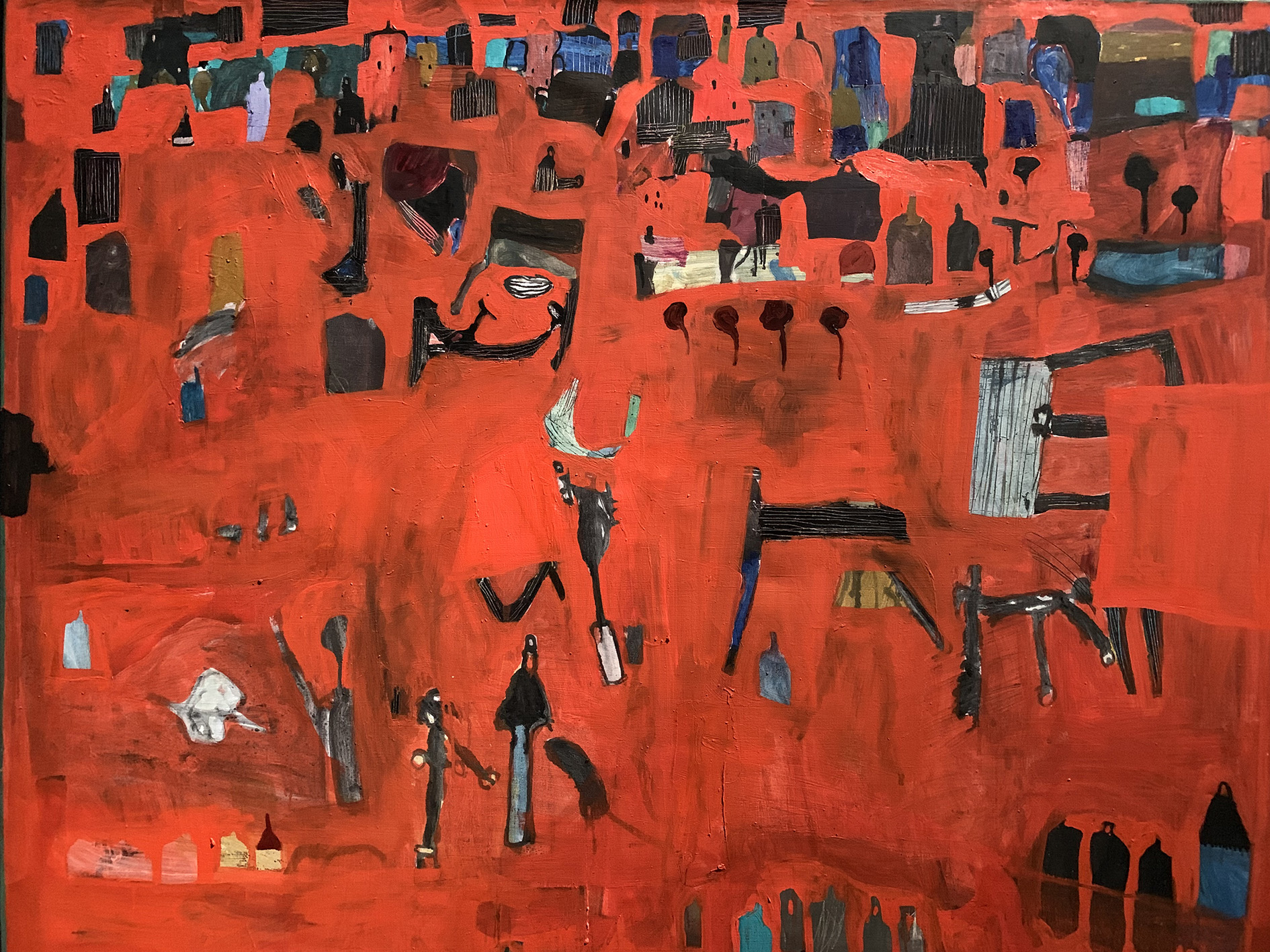On the Riddles of Ontology:
The intersections of art & experience Instructor: Jean-Pierre Caron Date & Time: Saturdays, May 18, 25, June 1, 8 11 AM - 1:30 PM ET

DESCRIPTION The problem of the ontology of artworks has been very much at the front of analytic aesthetics in the last decades. Ever since the publication of Nelson Goodman´s Languages of Art, a whole plethora of positions have emerged in this regard. From Goodman´s nominalism and Gregory Currie´s ‘eventural’ Platonism, to David Davies’ performative theory, analytic philosophy has been trying to cope with the variability of art practice and its conditions of existence.
This seminar takes this variety not just as a disagreement regarding the ontological status of art, among which one can choose, but as a symptom of a difficulty stemming from the practice of art itself. In this sense, the first part of the course intends to be a presentation and a critique of most of the existing positions within the analytical ontology of art. By taking ontology (and the variability exhibited therein) as a symptom rather than as a solution, we propose to expose the ontological approach as concealing rather than explicating the dynamics proper to the practice of art itself.
The second part of the seminar changes modes, from the presentation and description to the prospective, our central hypothesis is then used to guide us through an elaboration of two different tendencies present in the field of aesthetics which tries to either supersede it or “hack” it from within: those that we thematize under the heading “experience against art”, represented in this seminar by the thought and practice of the Cagean avant-garde; and those we call “art against experience”, in which the autonomy of artistic practice is used as a means to criticize not just empirical reality, as Adorno would have it, but the normative infrastructure that is responsible for the emergence of artworks.
This last hypothesis is equivalent to the taking of the normativity of action (as depicted among others by Wittgenstein, Sellars, and Brandom) as material for so-called “aesthetic” practice, offering a critique of that which, by virtue of being concealed behind experience, is a condition of aesthetic experience itself.
1- The Ontology of Art and its Limits.
The first module addresses briefly a number of different positions regarding the ontological status of art, trying to isolate the four components of the questioning itself: what is art? What are artworks? How do we know something to be an artwork? How do we know something to be the artwork that it is?
2- The Critique of Ontology
The second module investigates a few critiques of the ontological impulse itself. For instance, Goodman´s own question ”when is art?”, which purports to displace the classic “what is art?”; Arthur Danto´s return to the Hegelian thesis of the end of art; Lydia Goehr´s critique of ontology as regarding particularly music, and as articulated in her Imaginary Museum of Musical works amongst others. The purpose of the class is, by approaching a number of critiques, to displace ontology from the definition of the objects of art towards an investigation of the constitution of the field itself which conditions the emergence of such objects.
3- Experience against art
Peter Bürger proposes a reading of the avant-garde as a demand for aesthetic experience to surpass the autonomous sphere of art, and dissolve into vital praxis itself. Notwithstanding Bürger´s denunciation of what he calls the “neo-avant-gardes” of the sixties, we see John Cage´s thinking as especially fitting this description. Cage´s exhortation to “let sounds be sounds” would be akin to an opening to what Adorno calls “the empirical” that lies outside of the work in its monadic character. This class proposes a critique of institutional critique by examining some assumptions and consequences of the Cagean artwork.
4- Art Against Experience
The opening of art to experience has exposed to view not only the limits of what counts as the artwork, but the normative functioning of the artwork itself. Here, art´s autonomy serves as a convenient leverage to construct a laboratory for the exploration of the normativity of action itself: the rules that were once constitutive of what counts as an artwork are now subjected to the labour of elaboration. Dialectically, art´s autonomy serves then also as a means for its un-autonomization: the outside which in Cagean aesthetics was supposed to pass through to the inside was always already constitutive of the practice. Constitutive dissociations, as philosopher and artist Henry Flynt proposes, make explicit art as a species of the generic practice of production, turning it into a production of generic practices.
To see The New Centre Refund Policy CLICK HERE.